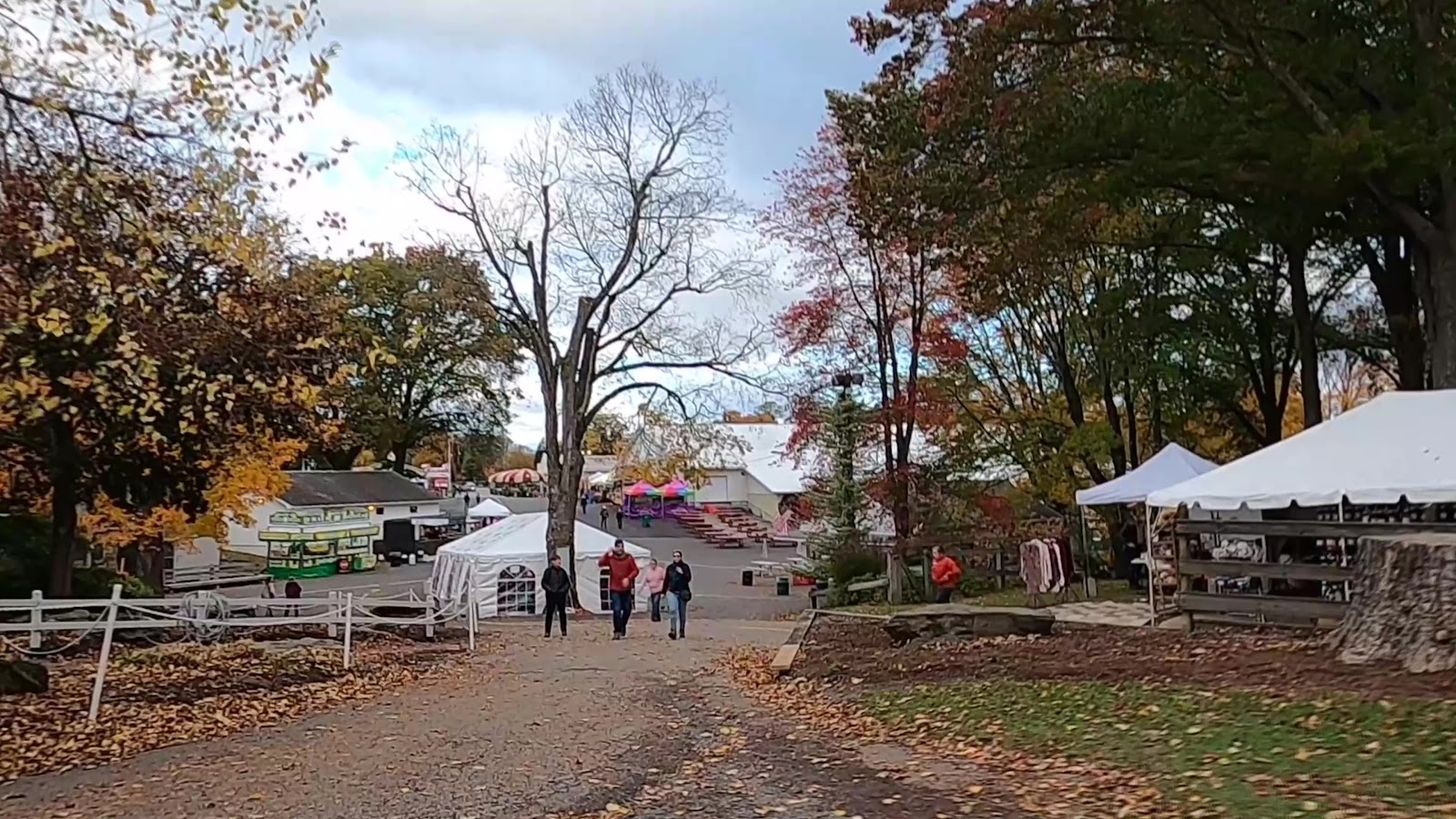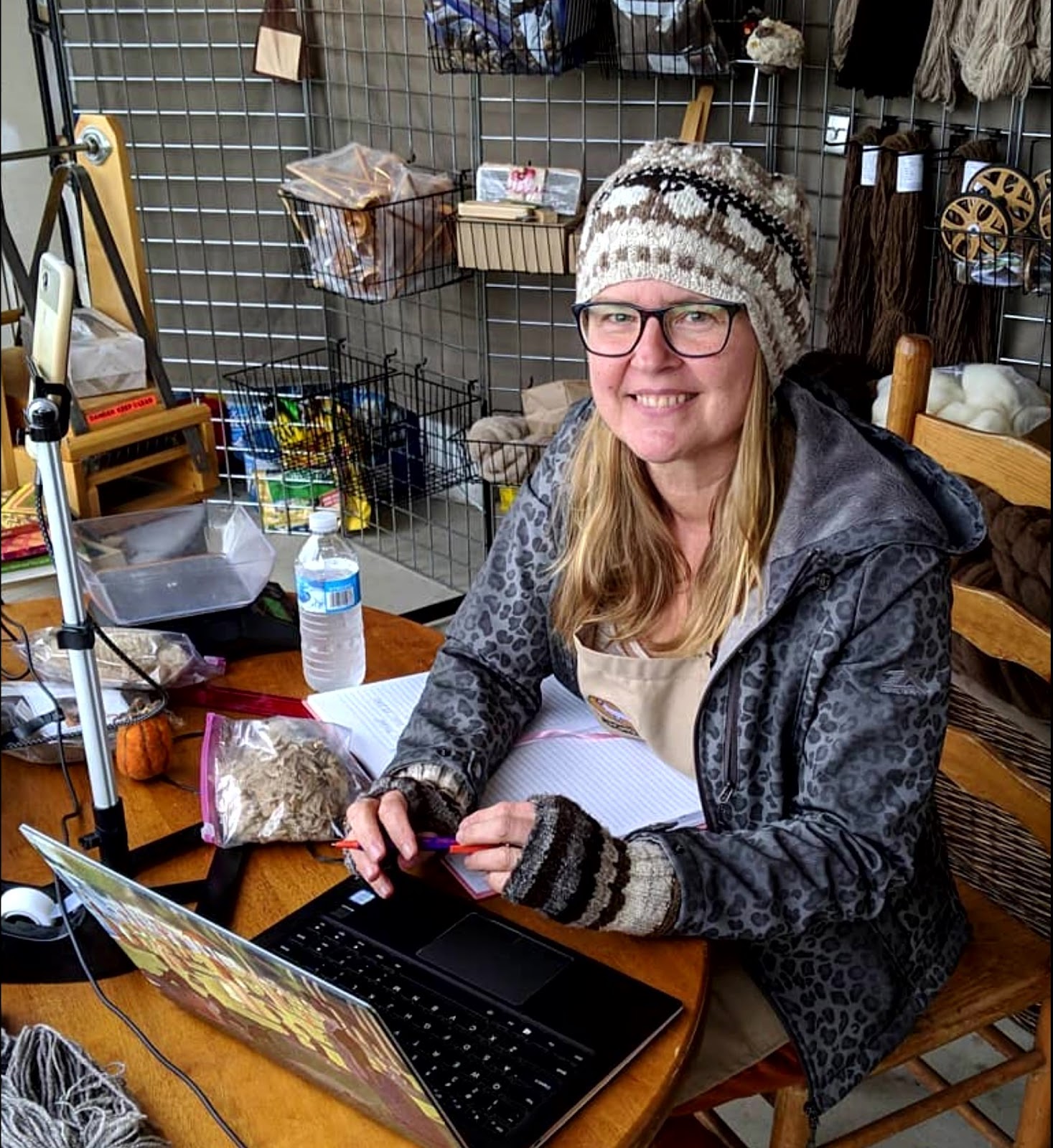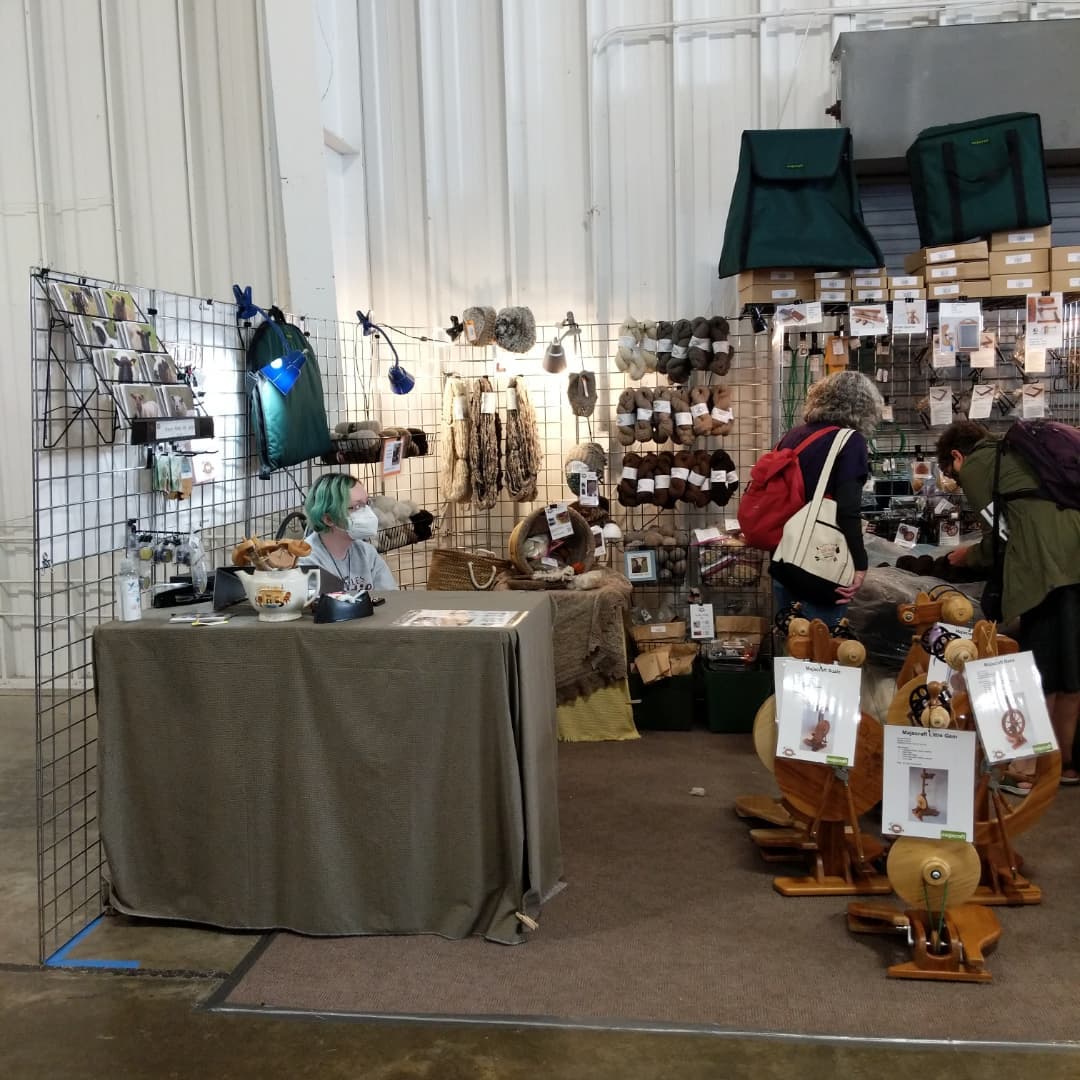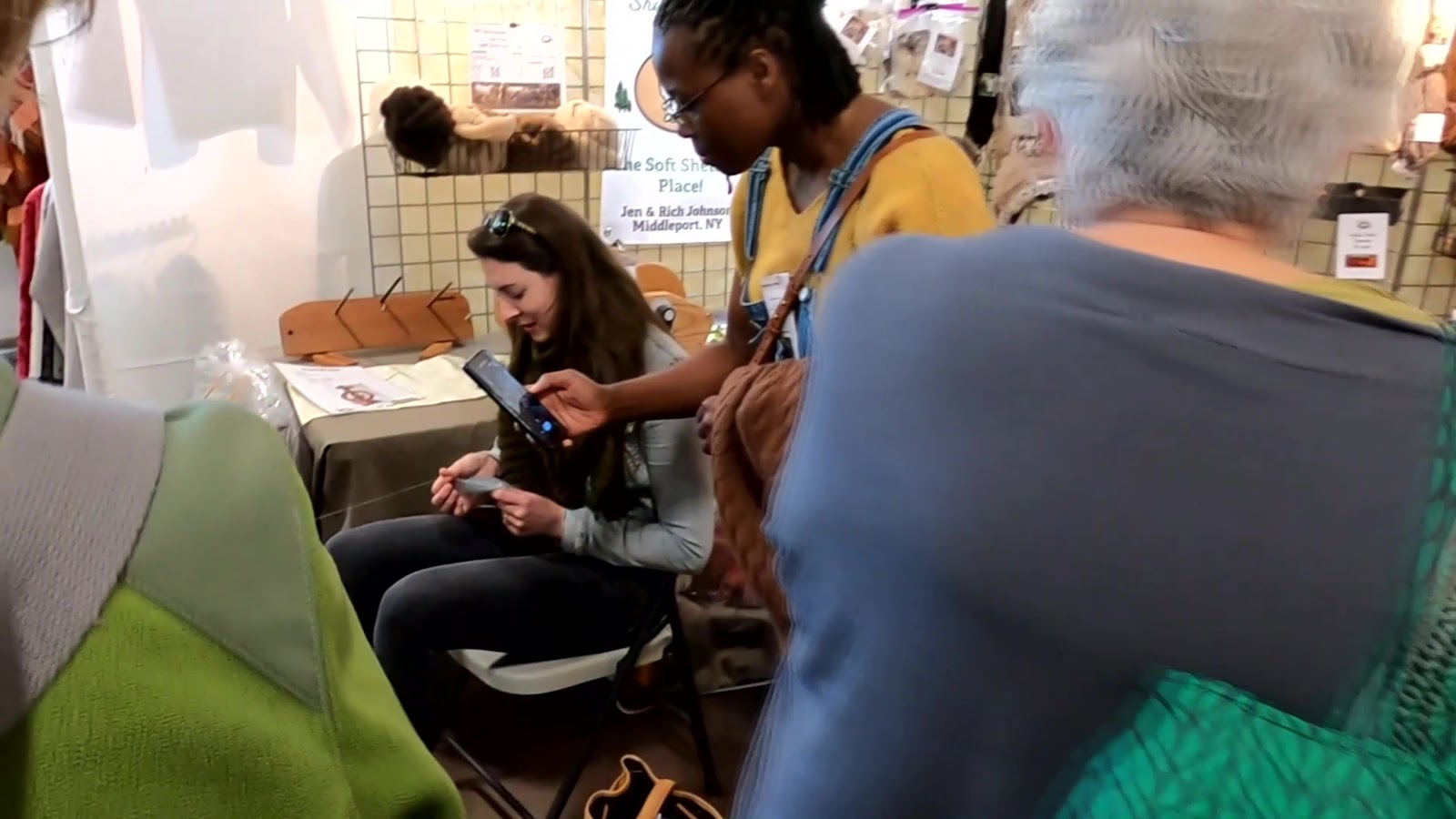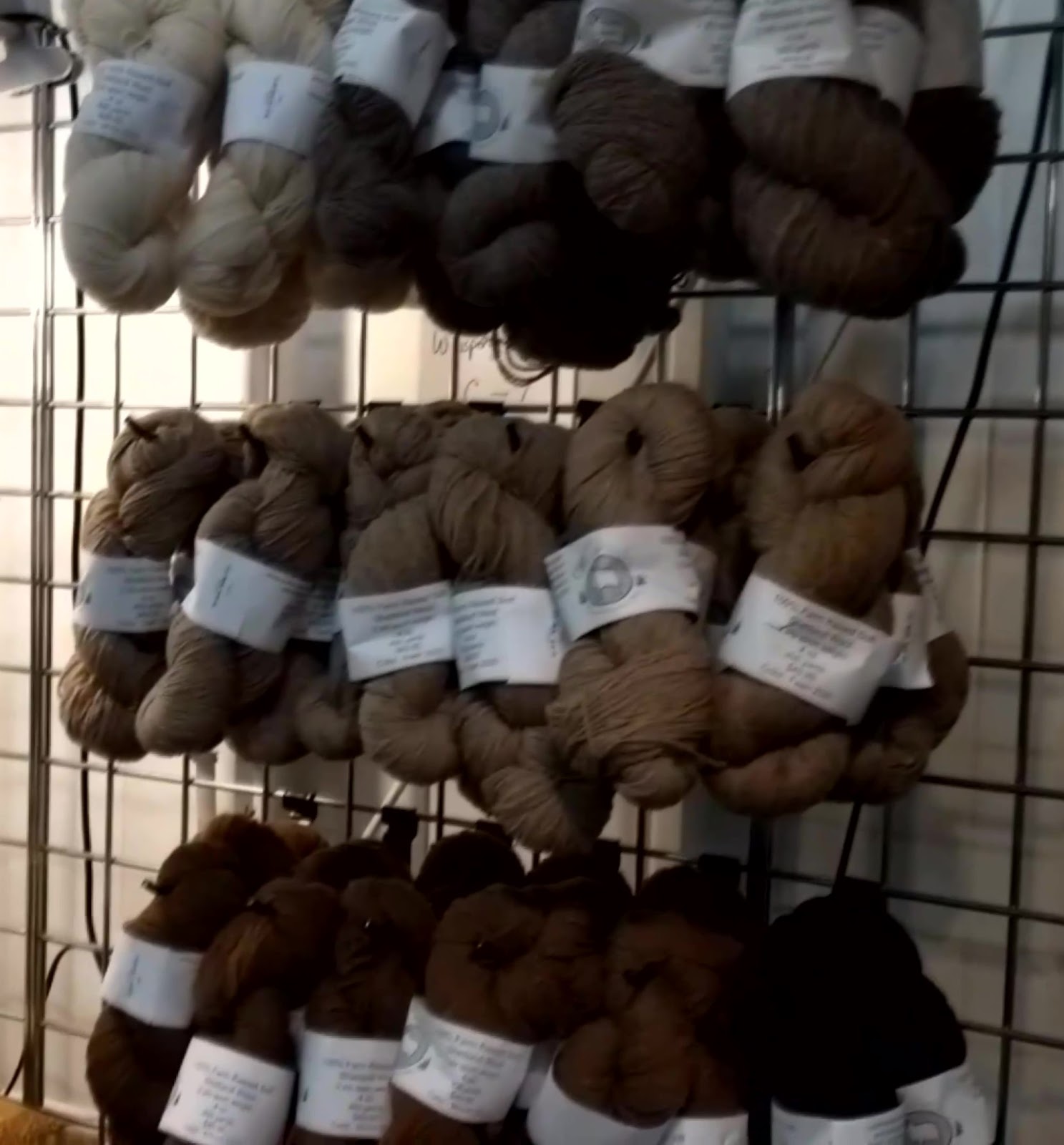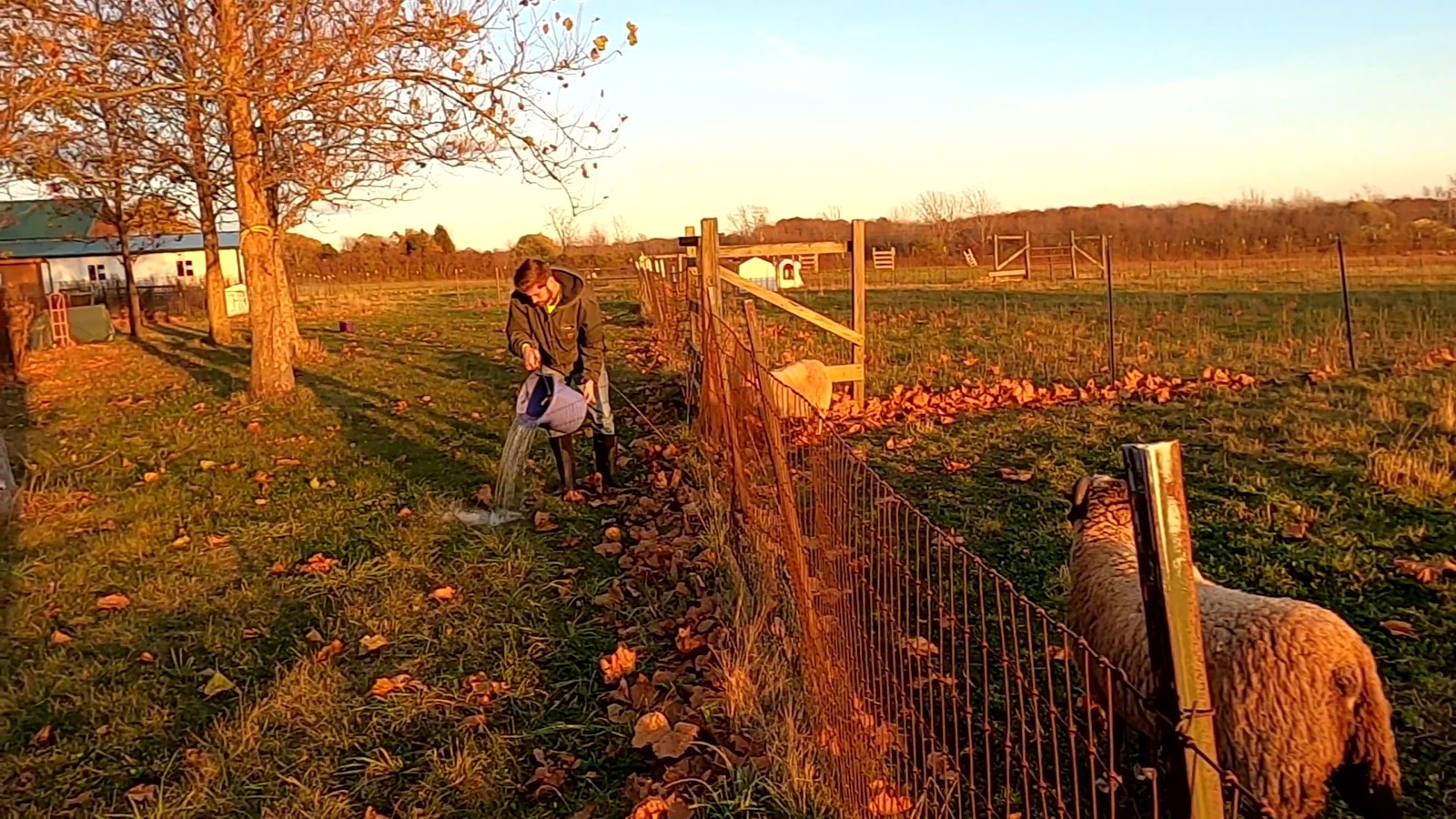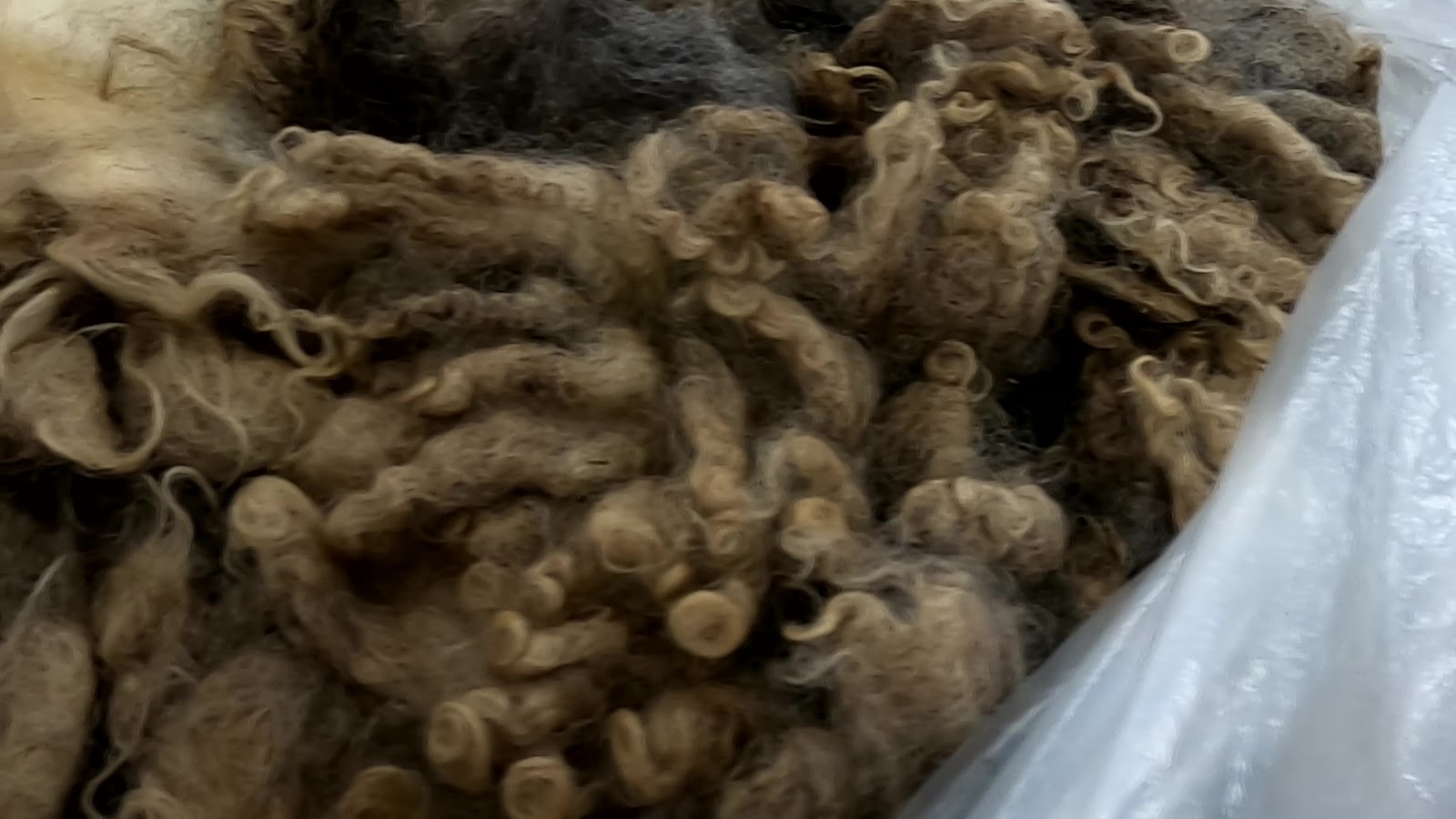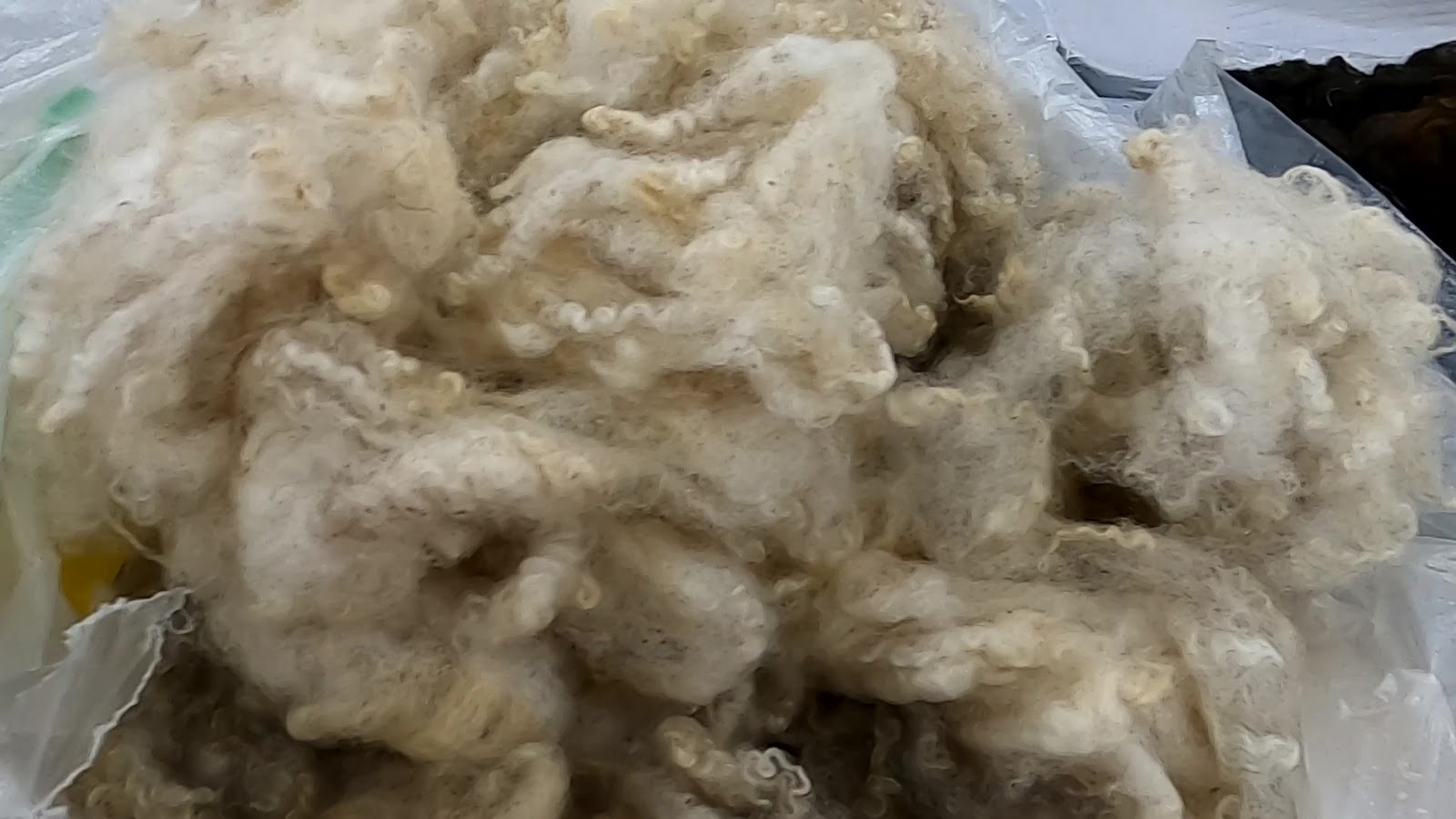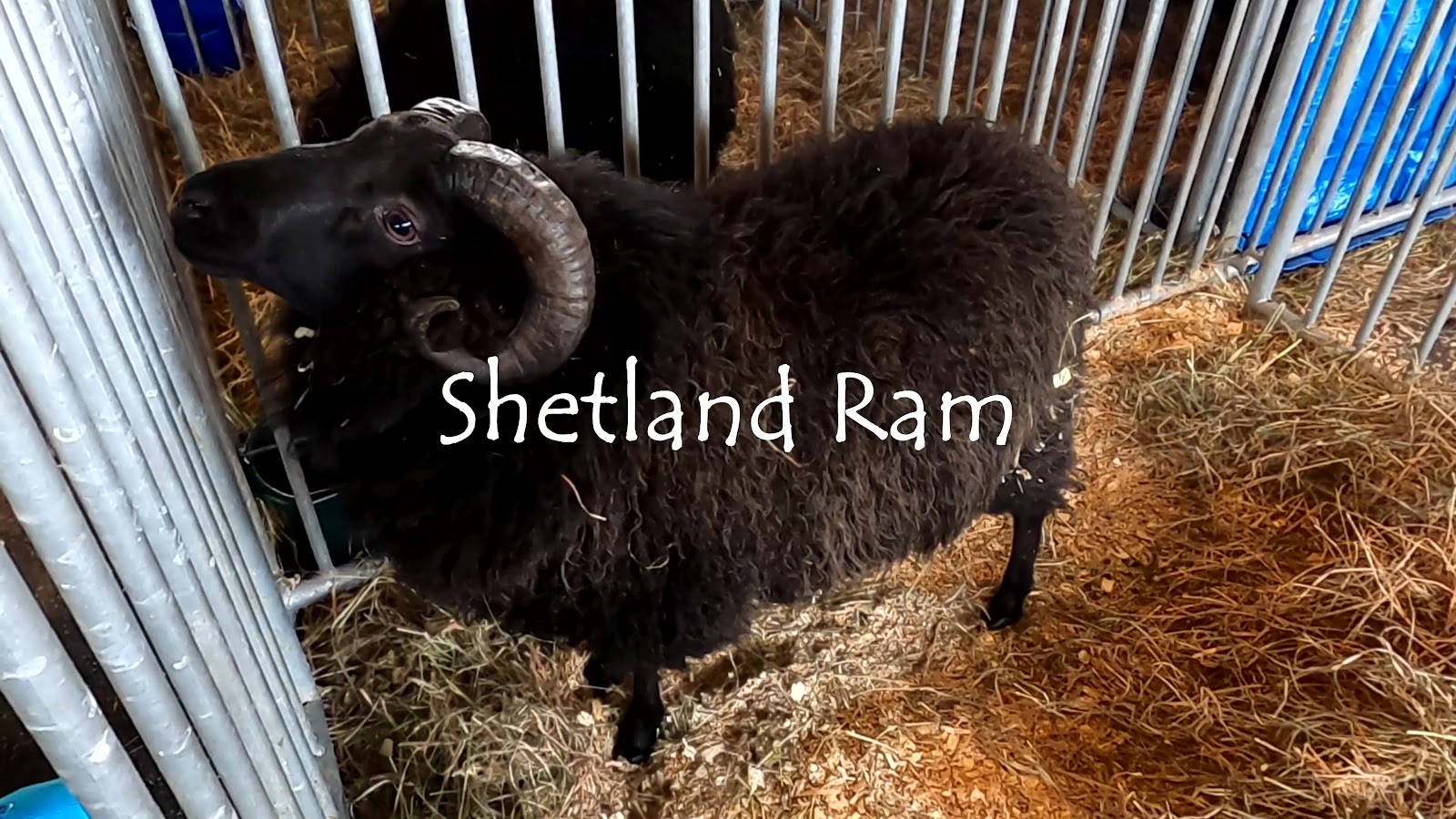It is Autumn here in Western New York, maple trees are in full color of brilliant hues of red and burnt orange.
The
temperatures and cooling down and the wildlife around the farm are getting
ready for the harsh winter months ahead.
Autumn also is the time when our festival season peaks in a grand finale for the year - the largest fiber festival in the country, the New York State Sheep and Wool Festival.
Important Festival Details
The festival is
commonly referred to as Rhinebeck, because it is located in the village of
Rhinebeck. But technically it is the New
York State Sheep and Wool Festival
It takes place
at the Dutchess County Fairgrounds which is situated in the Catskill mountains,
close to the hudson river, about 100 miles north of New York City.
Our History Vending at the Rhinebeck Fiber Festival
We have had a
vendor booth at this festival for 4 years, starting in 2019. I was still working full time for a company
in addition to having the farm compared to now where I am a full time farmer. Also, I only had the Rose for demo spinning,
and I still had a lot of raw fleeces on offer where now they sell in the spring
during my annual fleece auction.
In 2020 the festival went virtual due to Covid 19, so I just set up my booth in the garage and sat in front of my phone in a day long zoom session. We didn’t have high speed internet at the time, so I was relying on my cellular service in order to serve the customers that stopped into my “shop” the 4 days of the event. I had a lot more Majacraft supplies, and the sheep heid kits which I don’t make any more, and I had a small amount of roving, I hadn’t started offering combed top yet.
In 2021 they controlled ticket sales to 20,000 and spaced the vendors out, and were monitoring the direction of lanes inside the buildings to prevent face to face contact. I remember how happy I was to be back talking to all my fibery friends, and because of controlled ticket sales I was able to spend time with people that were interested in learning more about the craft of handspinning. My niece Gigi came along to help that year. And this year I had the full lineup of demo equipment and combed top was now the mill prep. And this was the year I realized I had outgrown our minivan and would need to consider renting a larger vehicle!
2022 was busy, we had a lot of people browsing and enjoying the wheels, and I
was still able to spend one on one time with people which is really important
to me. This year, 2023, we were slammed,
to the point where I was taking care of three customers at once for practically
the entire day on Saturday.
Products Featured in our Booth
We raise shetland sheep with the singular purpose of producing wool that is ideal for handspinning. I am also an authorized Majacraft dealer, and I hold stock of al the wheels, fiber preparation tools and accessories.
Our fiber
festival booth always has Majacraft demo wheels for people to try, all the
fiber preparation tools to play with and then wool from our sheep in various
forms. I try to offer wool products that
satisfy the diverse range of fiber crafting possibilities.
So I offer hand
processed bats that I hand washed, flicked and then drum carded into batts.
Hand processed
handspun yarn
Then I try to provide mill preparations of our wool, so I offer mill spun yarns
And combed top
in all 5 natural colors
These are the
staples, then I’ll sprinkle in other farm related things just based on what
materials I have available
Friday
Our drive to Rhinebeck is a 5 hour road trip.
The van is
packed the night before so that on friday morning all we need to do is take
care of the sheep and then hit the road
We made
arrangements to have our son take care of the sheep for the festival weekend
Only a few more
miles to the fairground once we pass this famous landmark - the festival
billboard
Saturday
We arrive at
the fairgrounds a few hours before the festival start time of 9 am. Once the booth is ready, we like to walk
around and check out other booths
Rich and I have
split the booth duties during fiber festivals. Rich is the one in charge of checking out
customers
I am
responsible for consulting with customers to find solutions to their making
needs- ,
helping them
understand the wool from our sheep in all its forms
The Fleece Show and Sale
We arrived
early enough on Sunday, before the festival began to be able to look at the remaining fleeces from the Fleece
show and sale - It is important for us as breeders to examine the wool being
produced by other farms to see what we can learn.
Shetland fleeces in the US don’t have a uniform type. Some are very long and straight, others are short with crimp. And then many fall in between. They are all considered acceptable by the breed association. I think this variation makes it difficult for a handspinner to source shetland fleeces - especially if they are looking for a specific type. You can see this variation here where these are all shetland fleeces but all look very different.
We like to
breed for very fine, crimpy fleeces that are dense and nice and soft, this one was the closest to what I like to work with.
The Sheep barn
We make it a
point to spend time in the sheep barn where you get to see a very nice variety
of fiber producing animals and speak to the farmers who raise them.
Souveniers
We preordered
festival souvenirs this year and picked them up when we arrived. If you want souvenirs from the festival it is
best to preorder. I put this link in the
description which you can follow to sign up for notifications when the
souvenirs become available next year. I
loved the artwork this year and because we preordered, I was fortunate to be
able to secure the very popular tote bag.
Every year the festival holds an art contest. Artists submit their designs for the next year’s festival artwork. Attendees to the festival can vote for their preferred design. The artist with the most votes has the honor of having their design used on all the merchandizing, web graphics and signage for the next year’s festival.
This years artwork was created by Jeanne Goodman -
and she is a professional artist with an impressive resume and works all over the country. I read that she primarily works in colored pencils and color pencil art sticks.
Never saw a sheep this color, but I’ve seen sheep that made me think about these colors - perhaps a Gotland or a Wensleydale
I keep on
running back thru my head the conversations and things I was told by people who
came into our booth and I have to say I am so grateful for everyones' support
and kind feedback about our farm, our YouTube channel and the products we are
trying to supply to this lovely community of fiber crafters. Thank you so much to all who stopped by, and
those of my “locals” who saw how crammed we were and just gave me a friendly
wave or quick hug as they were swept by in the traffic flow.



